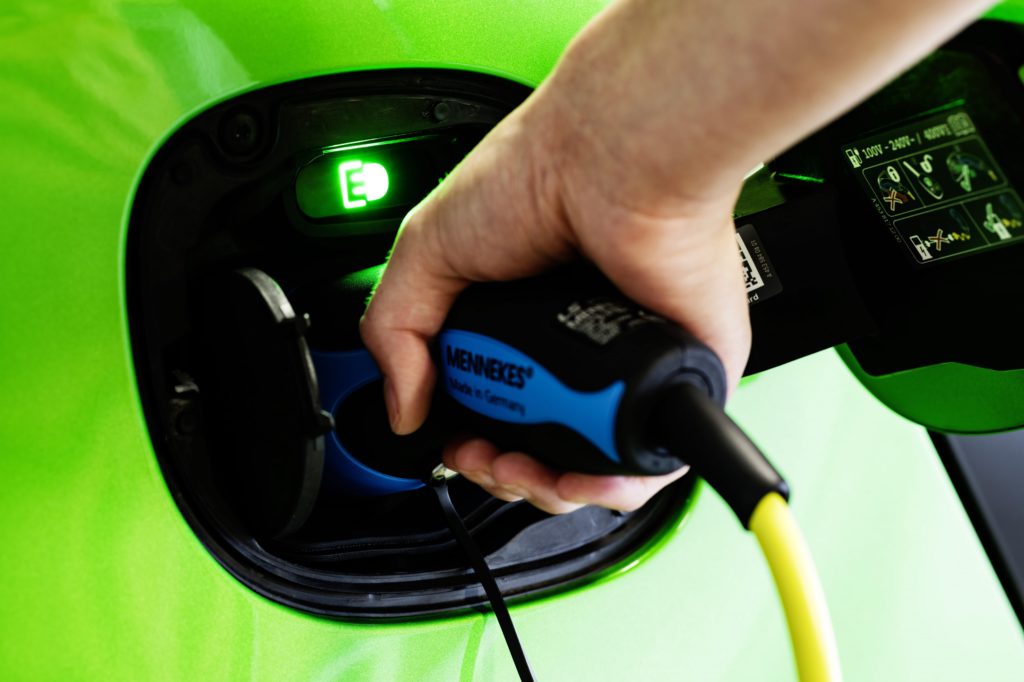Italian electric and hybrid subsidies come into force
10 April 2019

10 April 2019
The Italian Government has opened its subsidy programme for electric or hybrid vehicles with CO2 emissions below 70g/km, up to the end of 2021.
The incentives, defined by the Italian Government in its 2019 budget, will be funded by a €60 million allocation in 2019, while in 2020 and 2021 it will rise to €70 million. In the initial phase of the program, which also aims to assess electric vehicle take-up, €20 million will be available for 120 days. The remaining resources for the year are available through a dedicated portal, the Government said.
The scheme intends to help those who buy, including through leasing, and register, either low-emission two-wheeled vehicles or four-wheeled (M1) vehicles. M1 vehicles are four-wheeled units for passenger transportation with a maximum of eight seats plus the driver’s. To qualify for incentives, they must be new, produce CO2 emissions of no more than 70 g/km, be registered between March 1, 2019 and the end of 2021, and cost less than €50,000 including VAT.
If a combustion engine complying with Euro standards 1 to 4 is scrapped in parallel, €6,000 will be paid for the purchase or leasing of a purely electric car and €2,500 for hybrids with CO2 emissions of between 20 and 70 g/km. If no vehicle is scrapped, subsidies of €4,000 to €1,500 apply.
The €60 million allocation in 2019 would therefore fund incentives for 10,000 zero-emission battery electric vehicles (BEV) or 24,000 hybrids if an older car is scrapped as part of the transaction. If a vehicle is not scrapped, the allocation would incentivise 15,000 BEVs or 40,000 hybrids. To put this into perspective, less than 5,000 BEVs were registered in Italy in 2018 according to the Italian carmakers’ association ANFIA. In total, 80,000 hybrids were registered in Italy but most would not qualify for the incentive. Less than 5,000 hybrid units registered in 2018 were plug-in hybrid vehicles (PHEV) or extended range electric vehicles (EREV).
Two-wheeled vehicles come in two classes. L1 units have a cylinder capacity of 50cc or less and a maximum speed of 45mph, while those classified in L3 have a displacement that exceeds 50cc and a maximum speed over 45mph. Both must be electric or hybrid vehicles registered in Italy with power of less than 11 kW.
′The measure is not a measure to support the vehicle market but has an entirely environmental purpose as it integrates with the current European legislation on air quality and the environment,’ the Italian Government said.
New car registrations plummeted by 7.5% year-on-year in Italy in January but fell by only 2.4% in February as registrations of larger cars boomed ahead of the introduction of the new emissions-based car tax structure on 1 March. However, almost 10% fewer new cars were registered in March than in March 2018 and, consequently, the new car market contracted by 6.5% year-on-year in the first quarter of 2019.
This tallies with concerns previously expressed by Stefano Ferruzzi, Country Manager for Autovista in Italy: ′I am really concerned about the final figure in 2019. The market could be down 5%, 8% or even 10%.’
Even if the incentives prove popular and the full funding allocation is used, EV and hybrid volumes are negligible in a market that is typically around 2 million units.